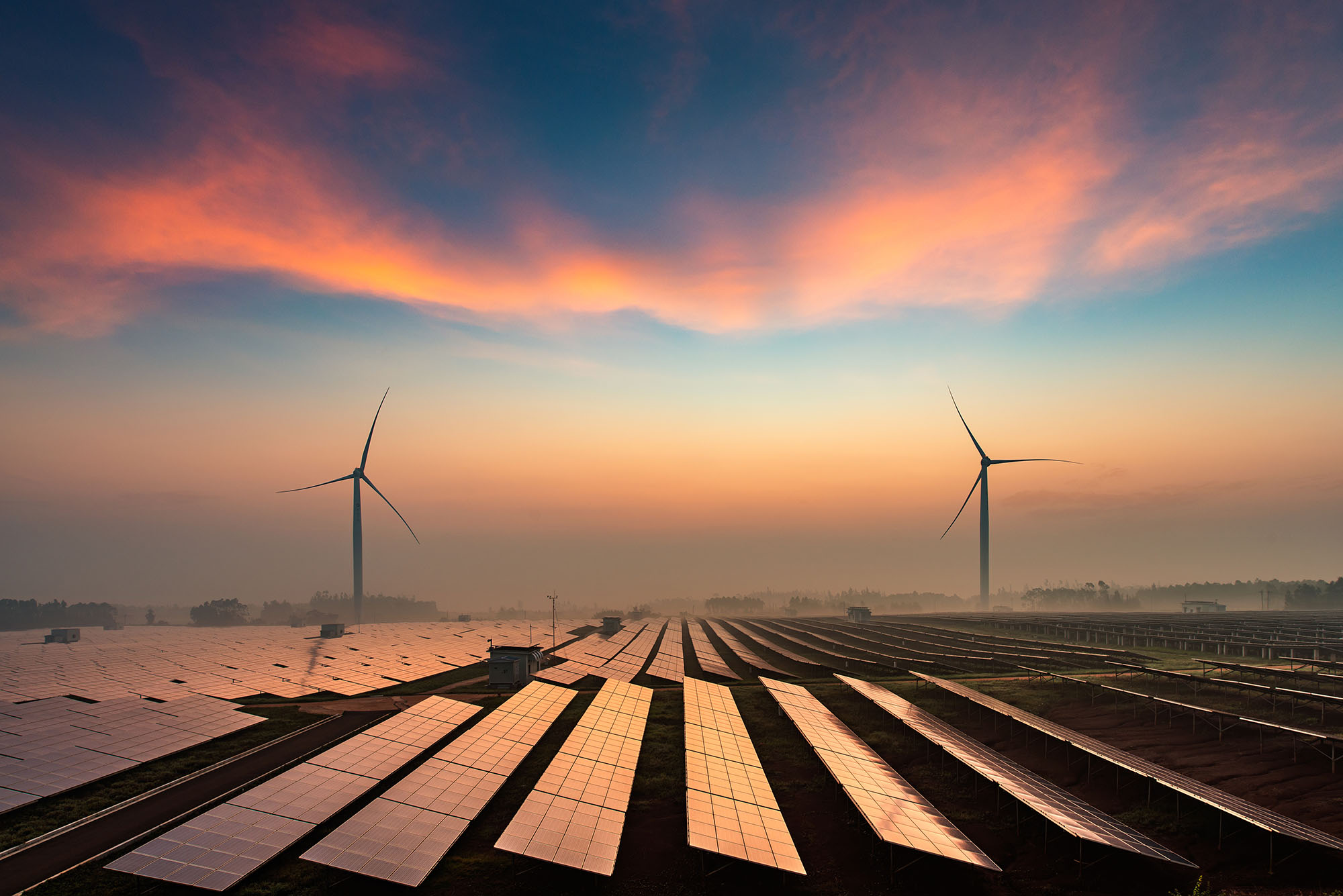May 11, 2023 by Mark Dingley
It was the night everyone had been waiting for – Australian Treasurer Jim Chalmers handed down the much-anticipated 2023-24 Federal Budget on Tuesday 9 May.
This year, manufacturers across the country were closely watching to see how it will impact their business. With inflation, surging energy prices, and labour shortages, the budget's policies and priorities are critical in determining how manufacturers set themselves up for success in a challenging economic landscape.
No time to read the Budget papers? In this article, we will delve into the wins and losses for Australian manufacturers in the 2023-24 Federal Budget.
The Government will improve cash flow for small businesses by temporarily increasing the instant asset write-off threshold to $20,000 for businesses with an aggregated annual turnover of less than $10 million.

There’s no limit to the amount of assets you can buy, with the instant write-off available for assets first used, or installed ready for use, between July 1, 2023 and June 30, 2024.
This is a great incentive for manufacturers to invest in new equipment sooner rather than later – especially if you had been holding out on upgrading failing equipment.
One of the most talked about schemes for small businesses is the new Small Business Energy Incentive. For businesses with a turnover less than $50 million, the $310m incentive scheme will provide a bonus 20% tax deduction for the cost of eligible depreciating assets that support electrisation and more efficient use of energy, such as more efficient fridges, battery systems, heat pumps and electric heating or cooling.
Up to $100,000 of total expenditure will be eligible, with the maximum bonus deduction being $20,000.
However, Barrenjoey economists Jo Masters and Johnathan McMenamin argue it pales in comparison to some comparable overseas efforts to shift industry towards net zero emissions, such as America's Inflation Reduction Act and the EU's Green Deal. But it is a step in the right direction.
With countless major data breaches in the past year, anything that helps protect businesses and their customers from cyber threats is a good move.
The government has pledged $23.4 million towards the Cyber Wardens program, a digital resiliency and cybersecurity program launched by the Council of Small Business Organisations Australia (COSBOA).
The program aims to provide Australia’s first micro-credential for cybersecurity in the SME sector, giving small enterprises a pathway to shield themselves from growing digital threats.
The 2023-2024 federal budget includes $392 million to establish a new Industry Growth Program. The initiative will help small businesses and startups commercialise their concepts and expand their operations.

The program will support Australian startups and small businesses to “commercialise their ideas and grow their operations,” with support to include grants and mentorships. Eligible businesses will need to focus on priority areas listed in the National Reconstruction Fund (more on that later).
The $392.4 million will be distributed over four years, followed by $79.2 million in each subsequent year.
The government will review the migration system to increase the Temporary Skilled Migration Income Threshold (TSMIT) from $53,900 to $70,000 from 1 July. Notably, this is the first time the threshold has increased in the past decade.
For manufacturers, this could attract the genuinely skilled migrants to Australia who have sought-after trades, which will increase productivity.
Thinking of including AI within your operations? The budget includes $101.2 million to support the adoption of artificial intelligence by SMEs to improve their business processes and trade competitiveness.
Funds will also go towards the expansion of the National AI Centre.
The ‘priority areas’ for the NRF have changed meaning that it now includes transport but excludes food & beverage and space.

Yes, this scheme may also come as a negative to some businesses as it is a big reduction from the $150,000 asset value limit and $500 million turnover eligibility threshold for the instant asset write-off in 2020-21, when the pandemic struck.
This means the scheme is more beneficial for small-scale machinery and tools, rather than large equipment upgrades.
There was one work missing from the budget speech: Productivity. Some commentators have noted that this budget missed “the opportunity for serious reform to tackle Australia's productivity challenge”, instead choosing to focus on more immediate relief, restraint, and repair. The Budget lacked any new measures to drive productivity growth in the economy.
No doubt about it, the government's key focus when supporting business lies in renewable energy and the transition away from fossil fuels.
We’ve talked a lot about critical minerals, so it was good to see a $57.1 million program will support commercial partnerships in critical minerals supply chains to help position Australia as a clean energy superpower.
The Budget also provides $83.2 million to fund the establishment of a Net Zero Authority with responsibility for promoting a transition to net zero emissions.
There’s a new Capacity Investment Scheme to unlock over $10 billion of investment in renewable energy projects along the east coast. And $14.8 million is dedicated to a Powering Australia Industry Growth Centre to help businesses manufacture, commercialise and adopt new renewable energy technologies – a key deliverable in the Australian Made Battery Plan.
For those looking to overseas expansion, the budget will extend the National Centre for Asia Capability ($14.9 million) to help Australian businesses engage with markets and businesses in Asia.

It might be a mixed bag for businesses, but the budget contains some wins for manufacturers – especially if you’re looking to upgrade your equipment and become more energy efficient.
As such, now is the perfect time to take advantage of our End of Financial Year (EOFY) range of CIJ, TTO, and TIJ solutions. Our machines are designed to take your business to the next level and help you achieve your goals. Don't wait - contact us today to discuss how we can help you capitalise on this great opportunity while it lasts.